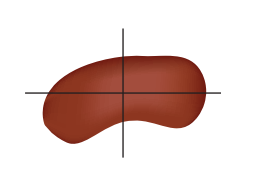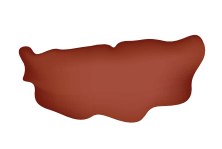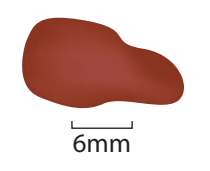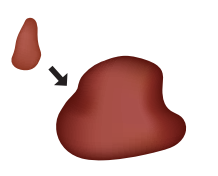Dermatology
As your one source for healthcare, Singing River is proud to provide the Coast with high quality dermatology services.

Taking care of our skin is important. From aesthetic desires to in-depth, medical needs, the dermatologists partnering with Singing River Health System have you covered.
Medical Dermatology
Dermatologists can assist in the diagnosis and treatment of skin issues ranging from acne to severe psoriasis and anything in between. Rashes, eczema, and even cancer can be identified and treated by a dermatologist.
Some conditions treated by dermatologists include:
| Acne Atopic dermatitis (dry skin, itchy skin, skin allergies, chronic skin conditions) Autoimmune connective tissue disorders (lupus, dermatomyositis and scleroderma) Bacterial infections Callouses Cutaneous lymphoma (cutaneous B and T-cell lymphoma) Eczema Fingernail/toenail fungal infections & general nail health Fungal infections Keloid scars Moles Psoriasis Rosacea Scabies/lice Skin allergies Tumors Warts |
Oftentimes, Medical Dermatologists provide treatment for chronic and/or ongoing issues of the skin that, if left untreated, could cause further medical complications and/or detract from quality of life.
Oncologic Dermatology
Skin cancer is the most common form of cancer in the U.S.
Early detection and treatment of skin cancer is key to curing and limiting the damage done due to this harmful and potentially deadly illness.
Singing River Health System dermatologists diagnose and treat metastatic disease as well as localized skin cancer lesions, including:
| Angiosarcoma B cell lymphoma Basal cell skin cancer Kaposi’s sarcoma Malignant melanoma Squamous cell skin cancer T cell lymphoma |
Did You Know?
How to Detect & Prevent Skin Cancer
Warning Signs: The ABCDE’s of Melanoma
Moles, brown spots and growths on the skin are usually harmless but not always.
Anyone who has 100 moles or more is at greater risk for melanoma. The first signs can appear in one or more atypical moles. That’s why it’s so important to get to know your skin very well and to recognize any changes in the moles on your body. Look for the ABCDE’s of melanoma, and if you see one or more, make an appointment with a dermatologist immediately.
 | Asymmetry: If you draw a line through this mole, the two halves will not match. |
 | Border: The borders of an early melanoma tend to be uneven. The edges may be scalloped or notched. |
 | Color: Having a variety of colors is another warning signal. A number of different shades of brown, tan or black could appear. A melanoma may also become red, blue, or some other color. |
 | Diameter: Melanomas usually are larger in diameter than the size of the eraser on your pencil (1/4 inch or 6mm), but they may sometimes be smaller when first detected. |
 | Evolving: Any change in size, shape, color, elevation, or any new symptom such as bleeding, itching or crusting points to danger. |





